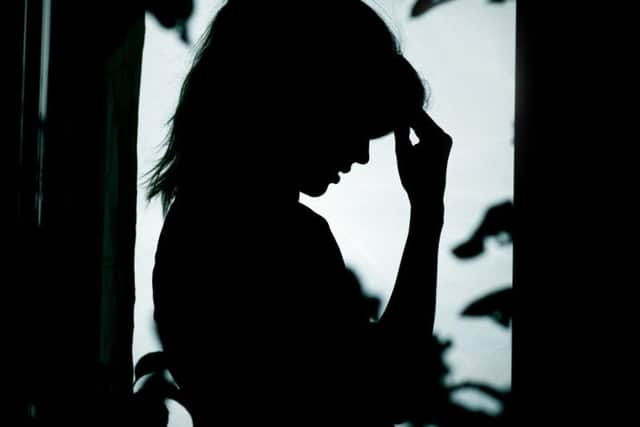Female genital mutilation: Wigan victim numbers on the rise


Experts are calling for increased awareness of FGM warning signs among younger women and girls.
In 2018-19, 20 victims of FGM were seen by health services in the Wigan Borough Clinical Commissioning Group area, NHS Digital figures show. Of those, 10 were having their injuries reported to the NHS for the first time.
Advertisement
Hide AdAdvertisement
Hide AdOnly approximate numbers are recorded in the data, to prevent identification of individual women.


FGM, where female genitals are removed, cut or injured for non-medical reasons, is illegal in the UK, and people carrying out or assisting with the procedure can be punished by up to 14 years in prison, even if it was abroad.
Most girls are cut before they turn 15, but are frequently not treated by the NHS until they are pregnant - meaning they live with the condition for much of their adult lives.
In Wigan, most of the women seen in 2018-19 were aged over 30.
Advertisement
Hide AdAdvertisement
Hide AdAccording to Janet Fyle, FGM policy lead at the Royal College of Midwives, many pregnant women are not treated until they are already in labour. They often require surgery before they can give birth.
Ms Fyle, a Sierra Leonean nurse and midwife, was honoured with an MBE in 2015 for her campaigning against FGM. She said that the daughters of women with FGM are at serious risk of becoming victims themselves.
She said: “We need to have a much more open dialogue with communities that practice FGM, and think seriously about how we talk to women in those communities.
“The women need to make the link between their health and its relationship to FGM by themselves, and that will make them think - do I want this for my daughter?”
Advertisement
Hide AdAdvertisement
Hide AdAccording to the latest figures, at least three victims seen by Wigan health services had one or more daughters under 18.
And at least one woman gave birth to a daughter in the same appointment where FGM was identified or treated.
The National FGM Centre, a partnership between children’s charity Barnardo’s and the Local Government Association, has raised concerns that doctors and nurses may not recognise the warning signs.
Centre head Leethen Bartholomew said: “Health professionals are taught to routinely ask questions about HIV, and things like that, but that’s not the case with FGM.
Advertisement
Hide AdAdvertisement
Hide Ad“These women are presenting to health services with the warning signs, but the healthcare professionals are not making the connection, and we need to ask ourselves why that is happening.”
Mr Bartholomew called for more resources to train doctors and nurses to recognise the symptoms of FGM, and to collect more comprehensive data on victims.
Warning signs that a woman has been a victim of FGM can be physical, such as repeat urinary tract infections and incontinence, but also include psychological problems such as depression and post-traumatic stress.